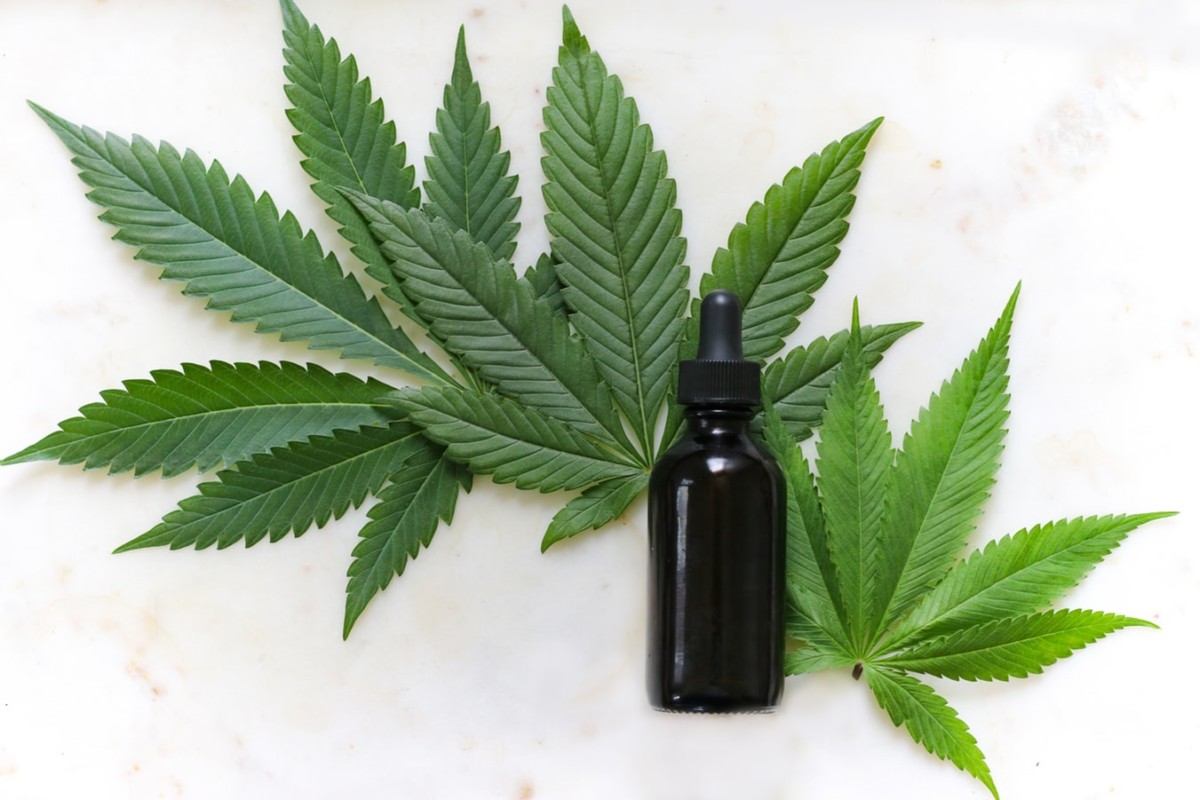Many people know that CBD comes from cannabis. It’s right there in the name: cannabidiol. But, how exactly does CBD oil get made? What happens in the transition from the hemp plant to a product you can buy online or in your local health store? The answer is that many things can happen, and as a consumer it’s essential for you to be aware and informed about the costs/benefits of different methods of production.
All CBD products contain CBD oil, which is extracted from the hemp plant. This is why you’ll often see “hemp extract” on the label and in the ingredients list. After extraction, the oil is added to various products, including CBD oil tinctures, gummies, capsules, topicals, and vape oils.
When people talk about how CBD products are made, they’re mainly talking about the specific extraction method. The most common methods to extract CBD oil use carbon dioxide, steam distillation, or hydrocarbon or natural solvents. So let’s take a look at these various methods and their upsides/downsides.
Carbon Dioxide (CO2) Extraction
CO2 extraction uses carbon dioxide to separate the CBD oil from the plant material.
During CO2 extraction, a series of pressurized chambers and pumps are used to expose CO2 to high pressure and very low temperatures, resulting in an extracted oil containing high amounts of CBD.
At the start of extraction, one chamber will hold pressurized CO2, while a second pressurized chamber holds the hemp plant.
The CO2 is then pumped from the first chamber into the second. The presence of CO2 breaks down the hemp also in the chamber, causing the oil to separate from the plant material.
Finally, the CO2 and oil are pumped together into a third chamber. The gas evaporates, leaving an extract of pure CBD oil behind.
While it requires expensive specialized machinery, CO2 extraction is generally the preferred method for making CBD products. It’s extremely safe and efficient at producing high concentrations of CBD in the resulting oil—as much as 92% according to some.
But being as expensive and ‘small-batch’ as it is, many an unscrupulous purveyor will claim their product is CO2 extracted when it’s clearly not. A great way to identify properly extracted CBD using this method is to look for third-party lab results. Any company that takes the time, expense and effort to extract CBD using this method is going to shout it from the rooftops.
Steam Distillation
With steam distillation, steam causes the CBD oil to separate from the hemp plant. The hemp plant is contained in a glass flask, with an inlet and an outlet. The inlet connects to another glass container, beneath the plant flask that contains water that is set to boil. The outlet connects to a condenser tube. As the water heats up, the steam travels upwards into the plant flask, separating the oil vapors that contain CBD. These vapors are then captured in a tube that condenses them into oil and water.
Once collected, the oil and water mixture is distilled to extract the CBD oil from the water.
The steam distillation technique is tried and true, having been used to extract essential oil for centuries, but it’s less preferred than CO2 extraction due to its inefficiency. Steam distillation requires significantly larger amounts of hemp plant, and it’s more difficult to extract exact amounts of CBD concentration using this method.
There’s also an element of risk with this method. If the steam gets too hot, it can damage the extract and alter the chemical properties of the cannabinoids it contains.
Solvent Extraction (Hydrocarbons and Natural Solvents)
Solvent extraction follows a similar process to steam distillation, except that it uses a solvent rather than water to separate the CBD oil from the plant material. This creates a resulting mixture of the CBD oil with the solvent. The solvent then evaporates, leaving pure CBD oil behind. Solvent extraction uses either hydrocarbons or natural solvents.
Solvent extraction is more efficient than steam distillation, and it’s also less expensive. However, the solvents used in hydrocarbon extraction (including naphtha, petroleum, butane, or propane) create a cause for concern. The solvent residue can be toxic and increase one’s cancer risk if they aren’t fully eliminated during the evaporation step—which doesn’t always happen. Some studies have found traces of petroleum or naphtha hydrocarbons residue in CBD products that used solvent extraction.
To avoid the risk of toxic residue, solvent extraction can use natural solvents instead, such as olive oil or ethanol. These solvents are just as effective at extracting CBD oil, but remove the risk of toxic residue.
Takeaways:
Beyond their extraction method, also confirm that the company uses a third-party lab to test the concentration of the CBD in their products, as well as the safety of the other ingredients. Any reputable manufacturer will make these test results readily available on their website, with their product packaging, or upon request. The test results will show the potency of the CBD and other cannabinoids (described in milligrams). They’ll also reveal any potential contaminants, as well as the presence of any solvent residue.

